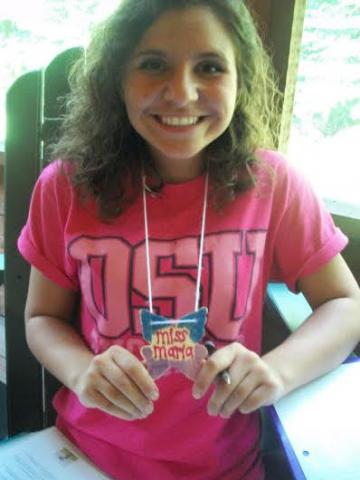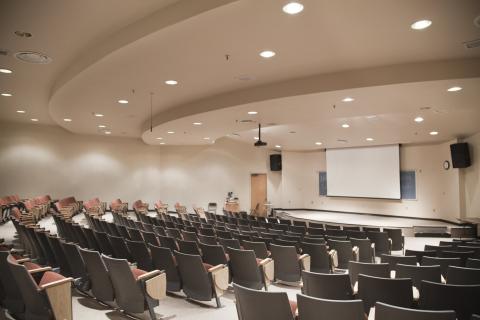The American Indian Struggle to Expand Higher Education
Jun 06,2016
Earlier this year, Mrs. Obama hosted an event called “Generation Indigenous for Native American Youth.” Mrs. Obama talked about what she and the President saw when they visited the Standing Rock Sioux Indian Reservation. She recognized the vast mistreatment of Native Americans throughout our nation’s history: “… Let me offer just a few examples from our past, starting with how, back in1830, we passed a law removing Native Americans from their homes and forcibly relocating them to barren lands out west . . . then we began separating them from their families and sent them to boarding schools designed to strip them of all traces of their culture, language, and history … we literally made their culture illegal.” [1] The visit by the President and First Lady opened their eyes to the grim living conditions that Native families often endure, and inspired them to establish Generation Indigenous, the initiative to bring more resources to Native communities. The conversation that Michelle Obama initiated is the most recent example of the American government speaking in an official voice about how we’ve historically neglected Native communities. The average American citizen is simply isn’t aware of it, and Hollywood has done little but romanticize it.
My personal experience with Native education aligns closely with the First Lady’s. My eyes were not opened to the rich history or large-scale mistreatment of Indian communities until later in my life when I purposely began to study my family’s history. My Native American family is largely settled near their tribe, the Red Cliff Band of Chippewa Indians, in northern Wisconsin.
My mother often talks about the living conditions of the reservation, and how the lack of suitable role models in the Native community led many members to feel as if their only choice in life was between entry level jobs straight out of high school if, indeed, they completed their secondary education at all.
Growing up miles away from the reservation, my upbringing was not centralized around my heritage as much as it could have, and should have, been. My mother told stories of her relative’s struggles and how many of their problems resulted from an unfortunate access to education and a lack of direction on personal accountability.
A statistic that is familiar to many is the Native American high school graduation rate. It’s only 51%. Of those students who do graduate high school, approximately 5% proceed directly to four-year colleges, but only 10% of those students graduate in four years. [2] However, of the 2,800 Native high school students served by College Horizons, 99% were admitted to college, 95% matriculated onto four-year institutions, and 85% graduated college within four to five years. [3] The difference in the data tells the story: Native students who are given the resources to succeed take advantage of them. The numbers are dramatic and speak for themselves.
While studying with the Native American Political Leadership Program, the students in my group were responsible for hosting dialogues about issues prevalent in Indian country. Higher education is a hot button issue that affects many Native communities. But there are other issues that are equally important, namely, the lack of awareness of the information resources for students seeking additional schooling.
This is where I see a possibility for change: promoting higher education through a multimedia advocacy and awareness platform. While I was studying with my Native peers, we all shared the same view that many of these programs were not made known to us until very close to the deadline. Advertisements for these programs often don’t happen until the last minute. The website’s sole purpose would be to advocate for Native programs and inform potential Native students about opportunities and ways to access these opportunities.
As Native American youth, we have a responsibility to educate others on the history that precedes us, because Indian communities have struggled in drastic ways to help shape a history and culture that we can be proud of.
The Native American population is strong, they have had to suffer and fight to be heard since the origins of this country’s existence. Overcoming the fight for higher education will shed light on the strength of Native communities.





